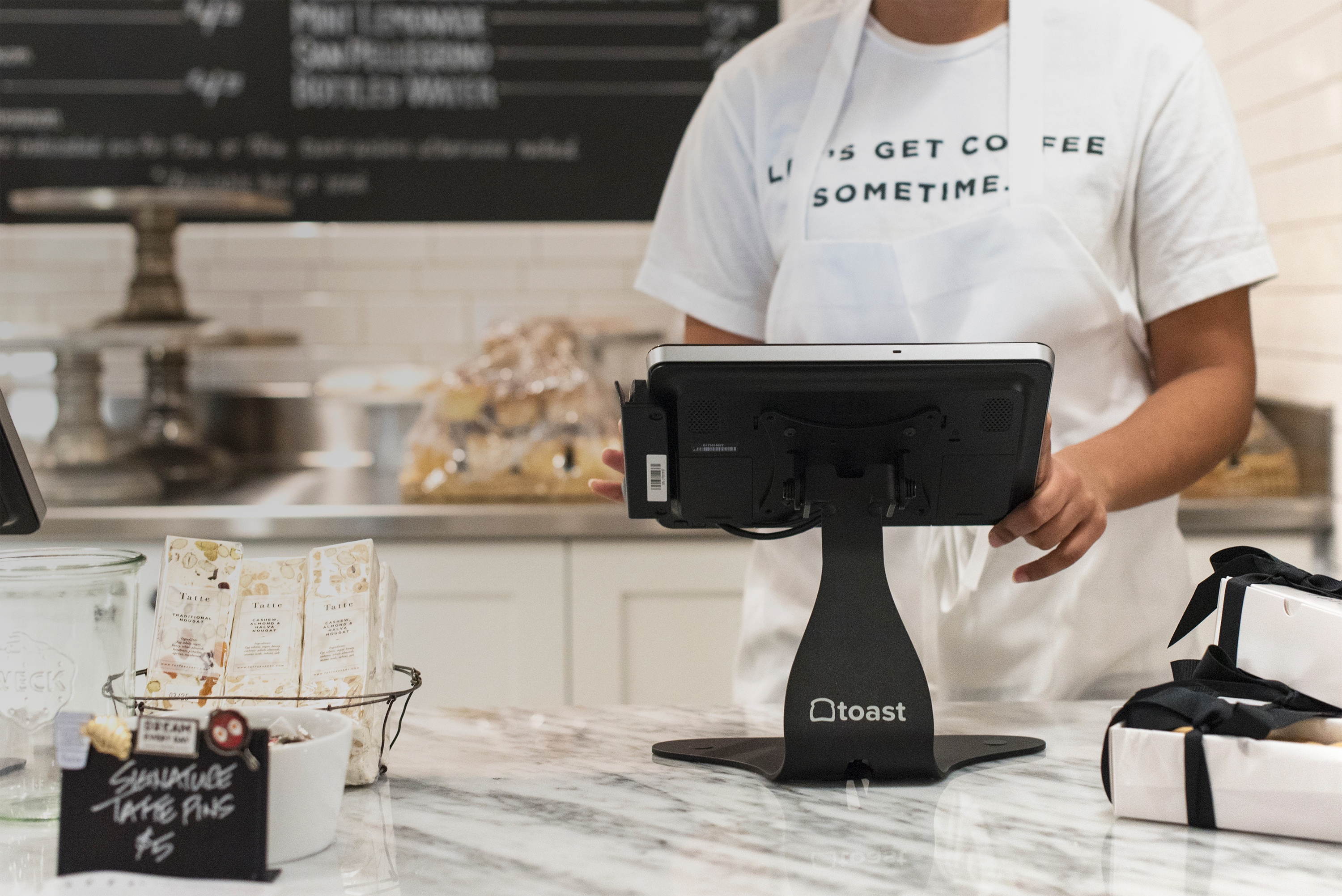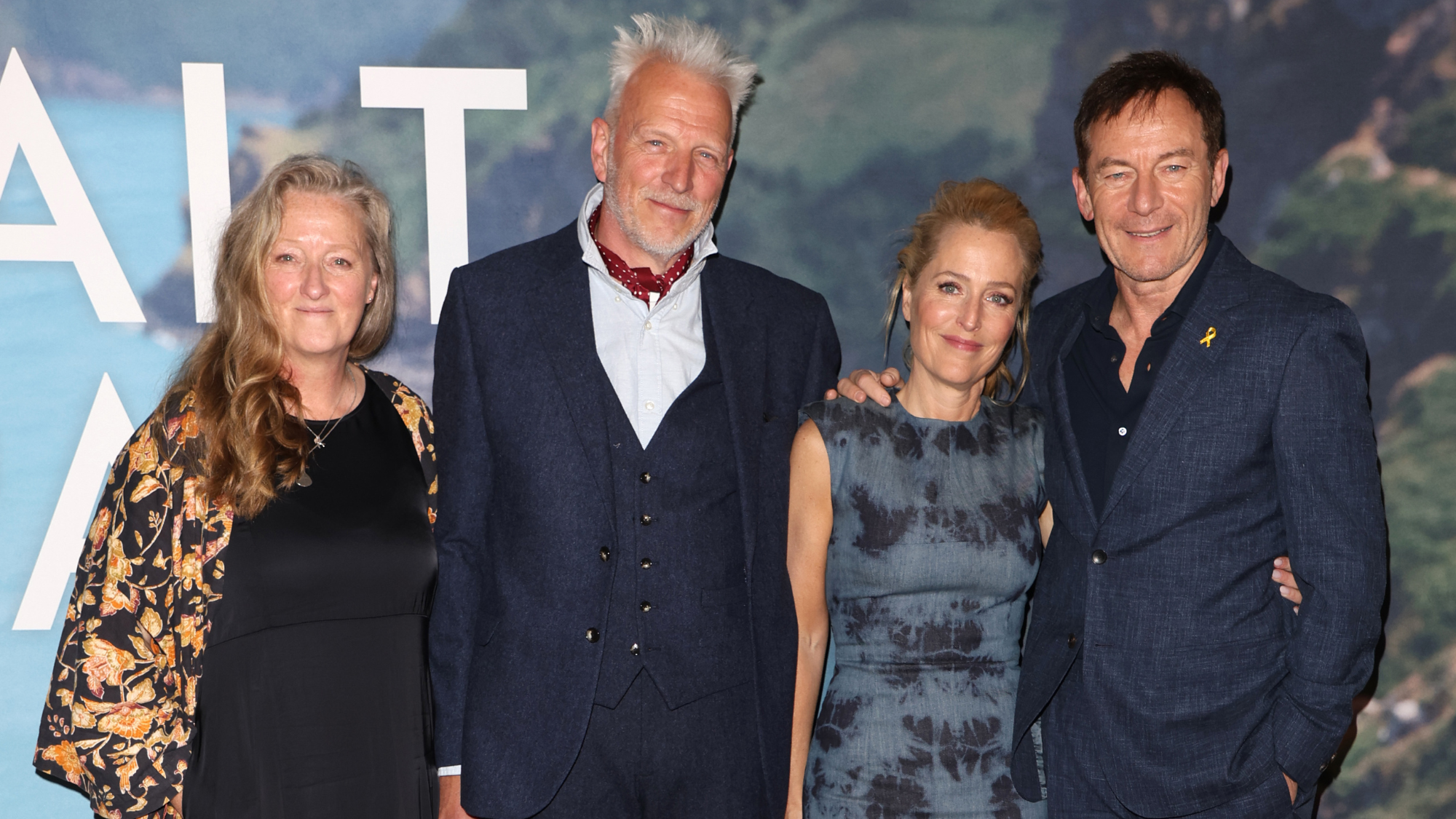How small restaurants are harnessing big data to survive
The more you know about your customers, the better you can serve their needs

Running a restaurant is a combination of art and science. The creativity of the chefs in the kitchen paired with business-minded managers in the front of the house can be a recipe for success.
"It's not hard to open a restaurant," says Ming-Tai Huh, restaurant owner and a director of Toast, a restaurant technology firm. "The hard part is to stay open, make money, and do it over a long period of time. I am a big believer in technology to help get there."
Large restaurant chains have been using data science and data management to run their operations for years. But now that mobile and cloud technology are widely available and more affordable, small restaurants are embracing them to take some of the guesswork out of restaurant management and stay competitive against the big chains.
The Week
Escape your echo chamber. Get the facts behind the news, plus analysis from multiple perspectives.

Sign up for The Week's Free Newsletters
From our morning news briefing to a weekly Good News Newsletter, get the best of The Week delivered directly to your inbox.
From our morning news briefing to a weekly Good News Newsletter, get the best of The Week delivered directly to your inbox.
A 2017 report from Toast, which tracked technology use in restaurants, found that technology allows managers to be more aware of how their businesses are actually performing from day to day. The report found that, thanks to new tools, 78 percent of restaurant managers look at their metrics and finances daily compared with only 46 percent two years ago.
"It's powerful to open your phone and have data that shows you insight and summarizes it instead of having to dig for it," says Toast co-founder Aman Narang. "Software in general is getting easier and easier to use. It allows restaurants to make better data-driven decisions about menu placement, staffing, and marketing."
Narang says restaurant marketing has historically been hard to do. Thousands of customers would come and go each month and restaurants would know almost nothing about them. Now, he says it's possible for managers to learn something about their diners through things like guest Wi-Fi signup, or by analyzing the daily receipts and reservation information that's recorded and saved in the restaurant's online system.
"Restaurants are mini factories," says Huh, who is also the co-owner of Puritan & Company, a restaurant in Cambridge, Massachusetts. "It's like building a car on demand every 20 minutes. The data we collect helps us understand what the guests' expectations are, whether it's a plate on the table or a bag at the door." Data can help managers decide whether to add another cocktail to the drinks menu based on customer sales, or reposition an oven in the kitchen for better efficiency.
A free daily email with the biggest news stories of the day – and the best features from TheWeek.com
Even something as simple as weather data can shed light on new ways to make money. Chip Adkins and his husband Charles own Piper's Cafe, a locally focused, vegan/vegetarian ice cream and sandwich shop in the suburb of Covington, Kentucky. They're self-described "Apple fanboys" who love tinkering with spreadsheets as much as they love ice cream.
"In addition to the sales summary for each day, we download a weather statistics summary from Weather Underground," Adkins says. The weather data turned out to be some of the most significant and surprising information they captured.
"We knew we were at the mercy of the weather gods," he says. "But it turns out that for us, at least that sales dropped whenever the temperature changed quickly from one day to the next and even if it changed from cold to hot. "That surprised us," he says. "Now, I'm starting to collect data to analyze how weather affects delivery sales — something that's very different from our in-person sales."
Adkins says he's also thinking about employing additional tools to help him get to know his customers better. "We are growing and we can't remember all of our customers by name and face any longer. I'm looking forward to seeing what patterns my new regular guests fall into and adapting," he says. "Our urban-core neighborhood will get to 100-plus unit residential complexes and we are starting to plan now to learn about them and their needs."
Data collection also helps manage labor costs, including wages for kitchen staff and servers, which make up a large chunk of restaurant expenses. Huh says Puritan & Co. used Excel spreadsheets to manage scheduling but knew they needed something more robust. "The costs of sufficient staffing and paying a living wage to employees could potentially sink your restaurant," Huh says. "Anything that moves a cost bucket can be catastrophic." Puritan & Co. now uses a staff scheduling tool to help them with staffing based on a variety of factors. "We can look at how we typically do on Saturdays or Saturdays when it’s raining,” Huh says, "or when the Red Sox are playing." This eliminates the need to frantically call extra staff in to work at the last minute and hope someone is available. It also reduces the chances of having too many people on the clock when business is slow.
While data management solutions can help small restaurants run more efficiently and attract more customers, the National Restaurant Association industry trade group warns its members not to be fooled into thinking technology can solve all their problems. "It's important to understand that every restaurant is different and will have its own unique requirements," the association says. But even the industry trade group concedes that using mobile technology to capture customer data like age, demographics, favorite orders, and high-traffic times is something most restaurants should be doing.
Huh admits a successful restaurant isn't run purely on science. "Restaurants really don't want to go all-in in that direction," he says. "The kitchen and the menu are all about creativity — our restaurant is chef driven and the food comes first. I'm a tech guy and my focus is on guest management and guest acquisition. We want to use data to help restaurants be more efficient and help diners have a great experience."
-
 The Salt Path Scandal: an ‘excellent’ documentary
The Salt Path Scandal: an ‘excellent’ documentaryThe Week Recommends Sky film dives back into the literary controversy and reveals a ‘wealth of new details’
-
 AI griefbots create a computerized afterlife
AI griefbots create a computerized afterlifeUnder the Radar Some say the machines help people mourn; others are skeptical
-
 Sudoku hard: December 17, 2025
Sudoku hard: December 17, 2025The daily hard sudoku puzzle from The Week